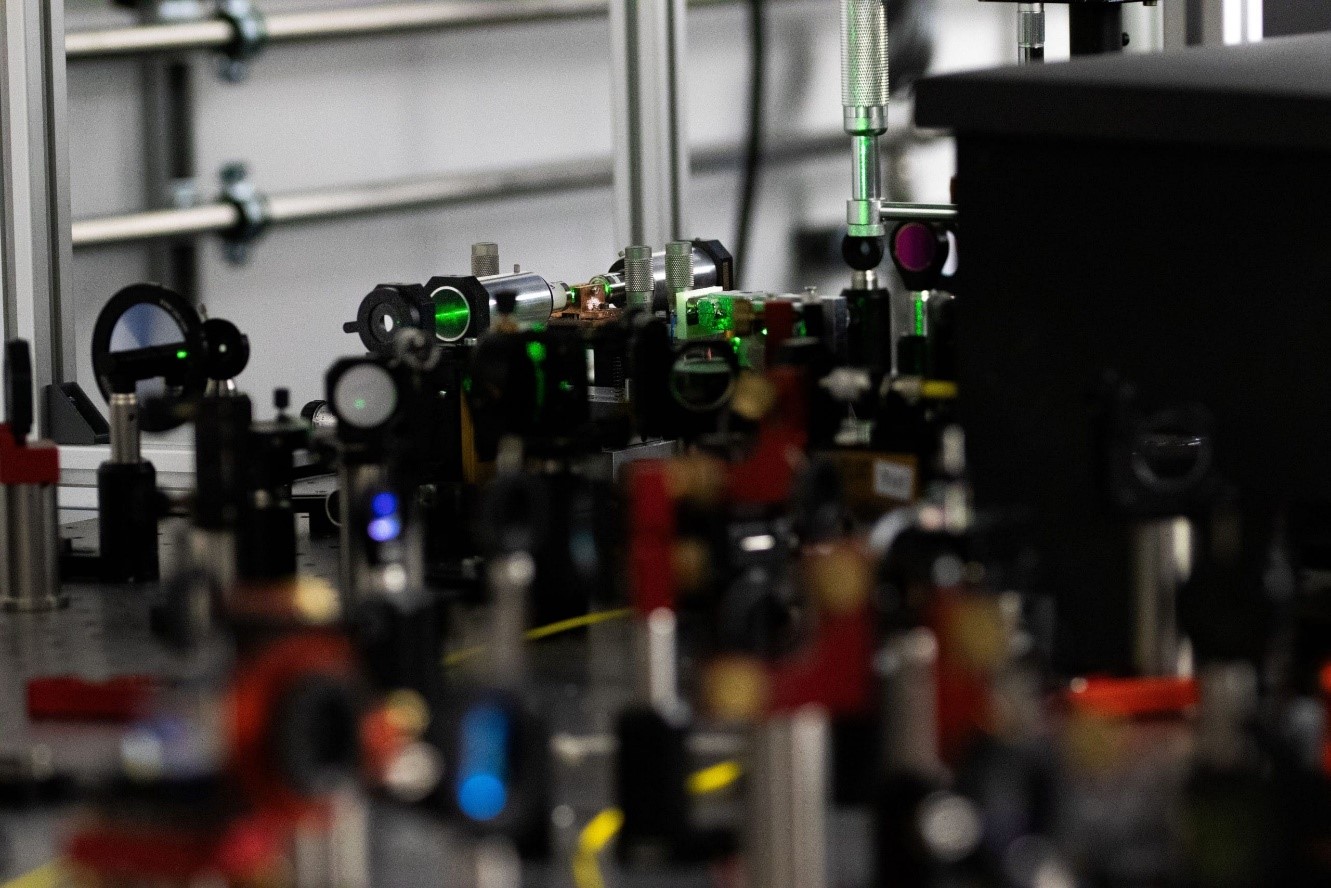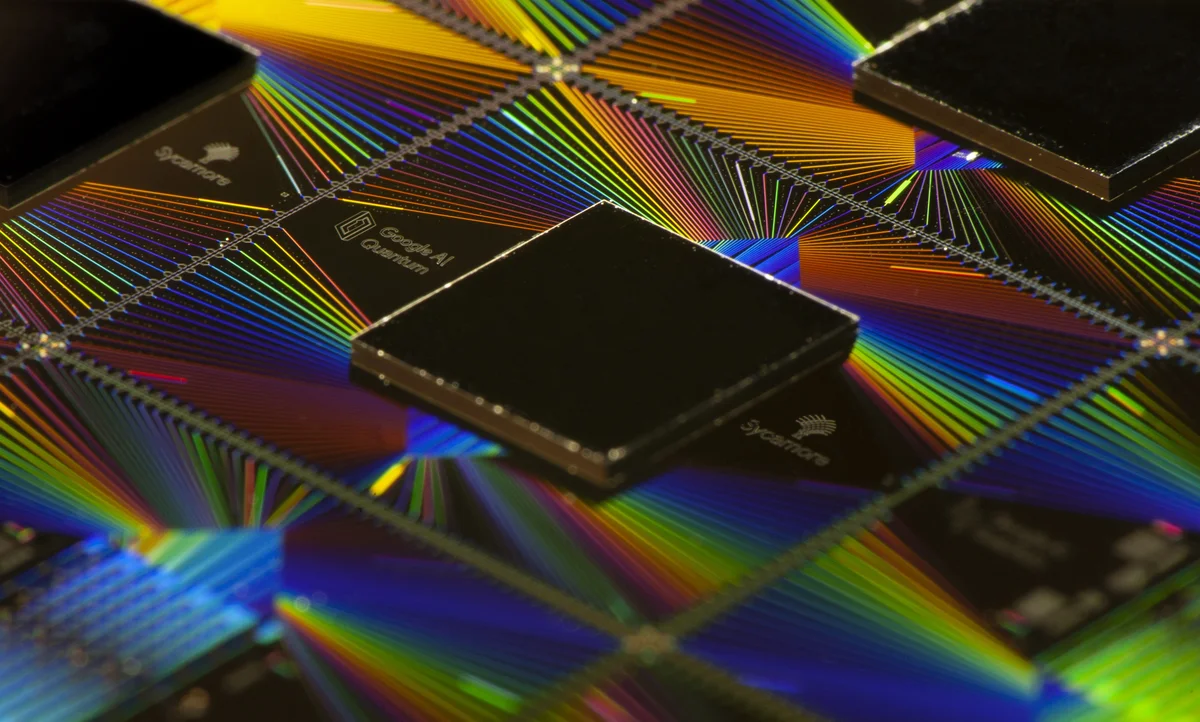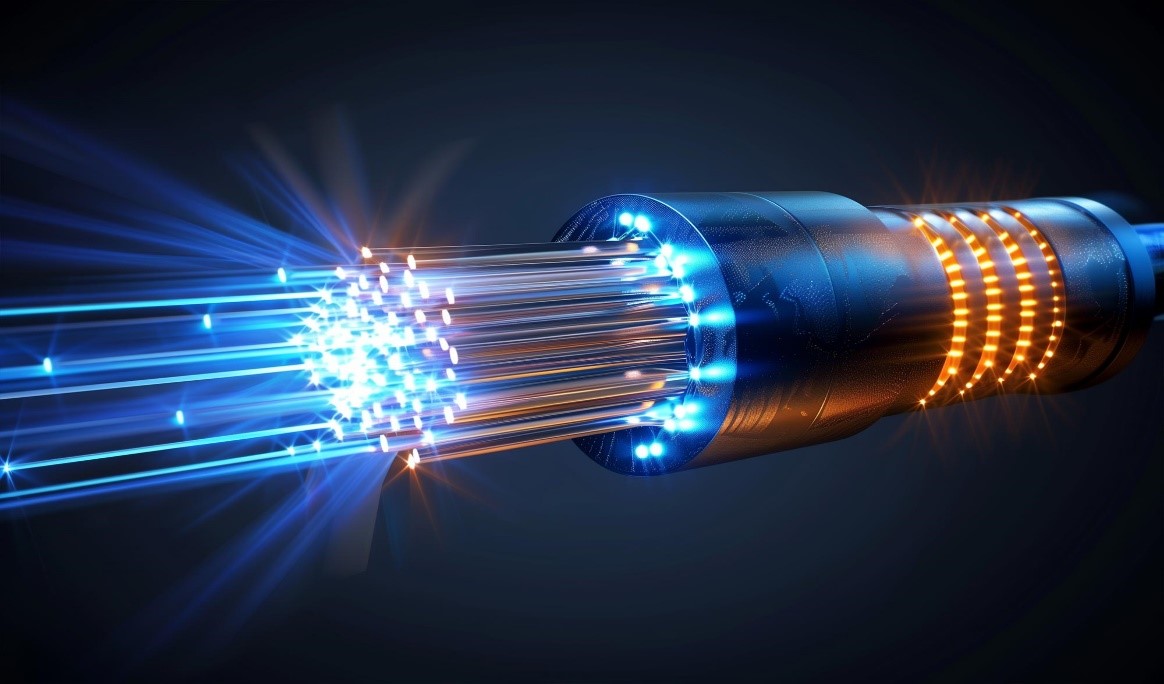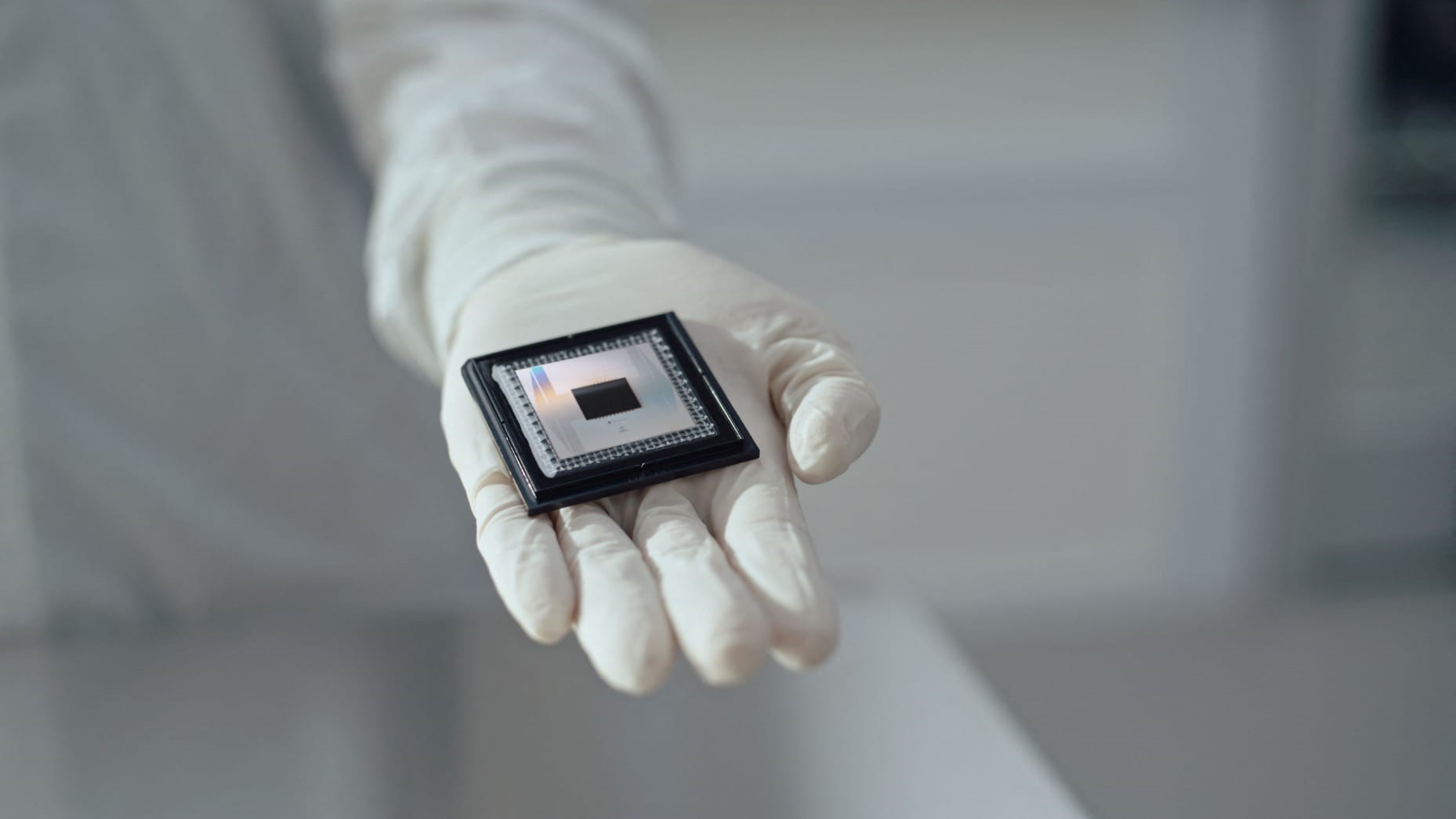Unlocking Quantum Precision: Harvard Physicists Pioneer Easier Path to Spin Squeezing
Scientific progress hinges on the ability to measure the seemingly immeasurable. Thanks to breakthroughs in quantum sensing, researchers can now detect atomic vibrations, individual photon properties, and even fluctuations tied to gravitational waves. A quantum phenomenon known as "spin squeezing" is believed to greatly enhance the precision of these quantum sensors, but it has been notoriously challenging to achieve—until now.

Figure 1. Spin Squeezing. (Credit: Bingtian Ye)
In a recent study published in Nature Physics, Harvard physicists reveal a new approach to spin squeezing, a form of quantum entanglement that restricts particle fluctuations, allowing for more precise measurements of specific signals, while sacrificing accuracy in others. Norman Yao, a physics professor and one of the paper’s authors, stated, “Quantum mechanics can enhance our ability to measure very small signals. We have shown that it is possible to get such quantum-enhanced metrology in a much broader class of systems than was previously thought.” [1] Figure 1 shows spin squeezing.
Using the metaphor of a balloon to explain this concept [2], co-author Maxwell Block likened the intrinsic uncertainty in quantum measurements to a circle. By "squeezing" this uncertainty into an ellipse, the sensitivity of certain measurements is increased, making them more precise than any non-quantum technique could achieve. This principle of spin squeezing has already been applied to boost the sensitivity of gravitational wave detectors in the LIGO experiment, which led to a Nobel Prize.
The Harvard team's work builds on a 1993 paper that first suggested spin squeezing could be achieved through “all-to-all” interactions among atoms, akin to everyone in a large Zoom meeting interacting simultaneously. In contrast, natural atomic interactions are more like a game of telephone, with limited, localized communication.
“For years, it has been thought that one can only get truly quantum-enhanced spin squeezing via all-to-all interactions,” said Bingtian Ye, co-lead author of the paper. “But what we have shown is that it is actually way easier.”
The researchers discovered that spin squeezing can be achieved through the ubiquitous magnetism found in ferromagnetic materials, such as those used in refrigerator magnets. They argue that as long as atomic spins are sufficiently connected to form a magnetic state, they can dynamically generate spin squeezing without needing all-to-all interactions.
This breakthrough could lead to the development of more portable quantum sensors, with applications in biomedical imaging, atomic clocks, and more. Yao is now spearheading experiments to create spin-squeezing quantum sensors using nitrogen-vacancy centers in diamonds, a promising material for quantum sensing.
This research was supported by federal agencies including the Army Research Office, the Office of Naval Research, the Department of Energy, the Department of Defense, and the National Science Foundation.
Source: Harvard University
References:
- https://www.eurekalert.org/news-releases/1055707
- https://phys.org/news/2024-08-physicists-ease-path-entanglement-quantum.html
Cite this article:
Hana M (2024), Unlocking Quantum Precision: Harvard Physicists Pioneer Easier Path to Spin Squeezing, AnaTechMaz, pp. 154















